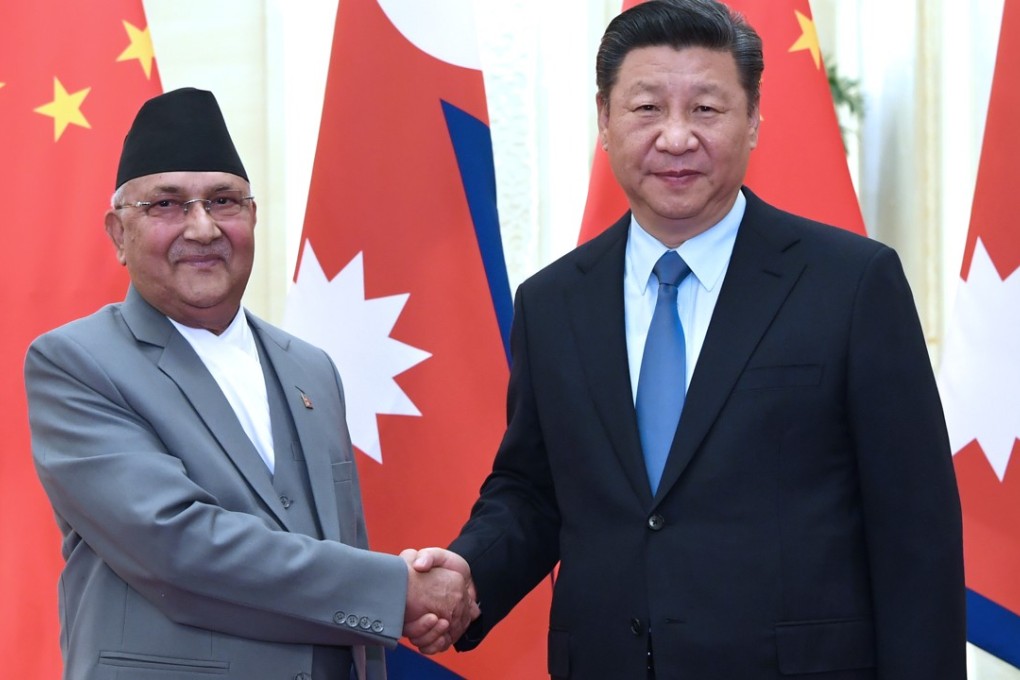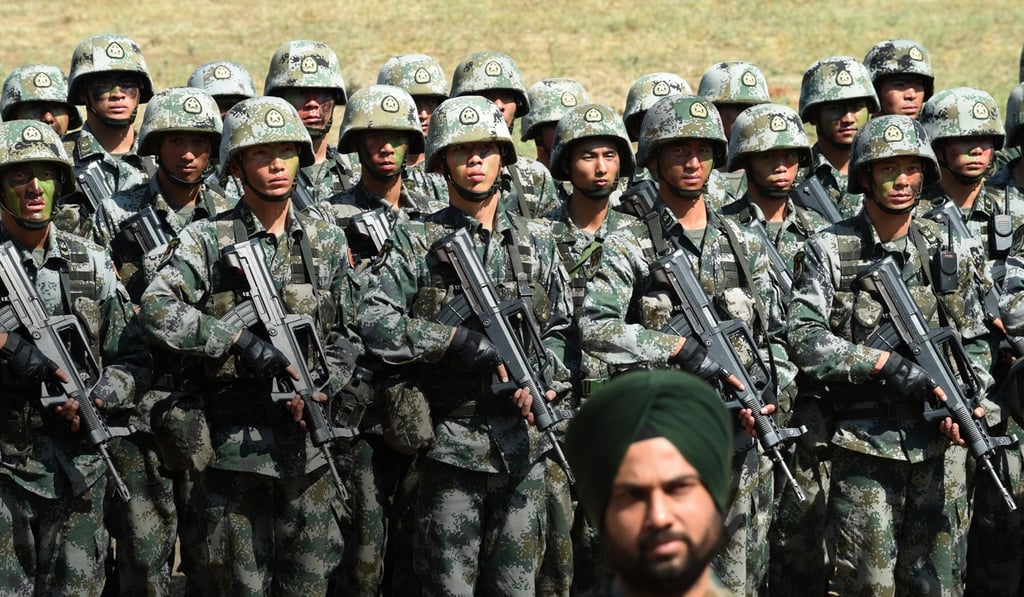Nepal bares China-tempered steel. India better get used to it
The Himalayan country’s pull-out from an army drill in India and its new-found access to China’s seaports represent a psychological victory over its southern neighbour, but real gains are still a long way off

The timing of a surprise decision by Nepal to withdraw from the first-ever joint military exercise in India – which comes exactly a week before a scheduled joint military exercise with China, and on the heels of a vital transit agreement with the Middle Kingdom – may have been merely coincidental, but is loaded with strategic meaning for the small country sandwiched between two regional giants.
On Saturday, Kathmandu let it be known that the Nepalese Army would not participate in the first-ever joint military exercise of the so-called BIMSTEC nations in India that started on September 10. The Bay of Bengal Initiative for Multi-Sectoral Technical and Economic Cooperation, or BIMSTEC, is a regional bloc comprising Bangladesh, India, Myanmar, Sri Lanka, Thailand, Bhutan and Nepal.
The military drill, which follows a BIMSTEC summit of leaders in Kathmandu earlier this month, came under criticism in Nepal as it was said to have been sprung on the member countries – apparently there had been no discussion of the India-initiated proposal at the summit itself. In a parliamentary statement squarely aimed at India, Prime Minister Khadga Prasad Oli said Nepal would not join any military alliance, and would not deviate from its foreign policy based on non-alignment and peaceful coexistence.
India has been looking to develop a robust regional organisation excluding China and Pakistan. It is therefore strategically using BIMSTEC to project its power because the other regional bloc, the South Asian Association for Regional Cooperation (SAARC), has Pakistan as a member and China as an observer.

Nepal’s absence from the weeklong platoon-level joint military exercise in the western Indian city of Pune will be a major diplomatic setback for Indian Prime Minister Narendra Modi. He has been trying to woo back Nepal after a punishing Indian blockade on the tiny Himalayan nation in 2015 strained relations between the two traditionally close countries, which share an open border and common culture.
Nepal and India cooperate closely on defence as their forces jointly man the 1,800km open border between the countries. India has been the major arms and ammunition provider for the Nepalese Army, and in a rare arrangement, Nepal’s army chief is an honorary general of the Indian Army and vice versa. Therefore, Nepal’s abrupt pull-out from the military drill may not immediately impact relations, but it will widen the cracks that have appeared between the two nations since the blockade.